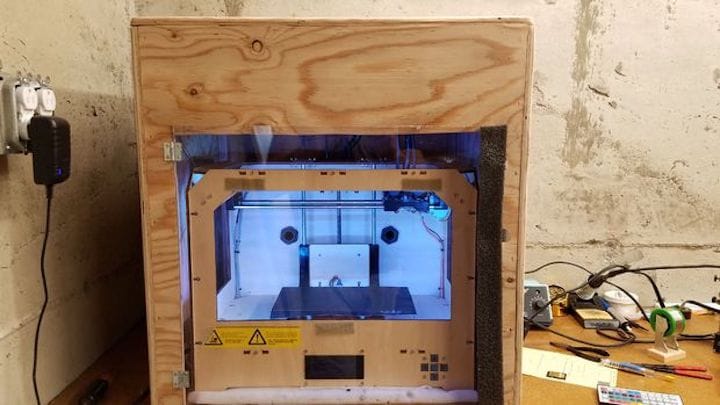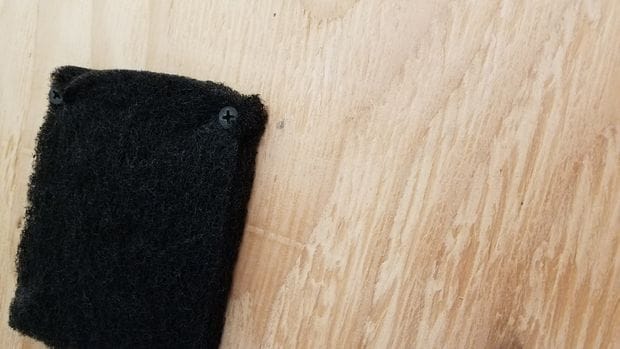
Safety is too often ignored by those operating desktop 3D printers, particularly air quality.
It is slowly becoming more well known that desktop 3D printers do emit amounts of nanoparticles and potentially toxic substances when operating, so it makes sense to take action to prevent that from occurring, regardless of the degree of and debatability of risk levels.
The most sensible approach is to simply vent air outside, but for many operators that is not physically possible. Those users must instead rely on the internal air filtration systems of their 3D printers.
Wait, your machine doesn’t have an internal air filtration system? I’m not surprised – most do not have that safety feature.
Adding a filtration system can be an expensive proposition, sometimes more expensive than the desktop 3D printer itself. You can buy industrial fume extraction systems, but they tend to be pricey, particularly if you have a need for multiple units. You could also purchase a commercial air enclosure for your 3D printer, such as those marketed by 3DPrintClean. Another option is an attachment for the print head, like that from Zimpure.
But you could also just build your own enclosure. And that is precisely what Instructables contributor Ulysses G did.
The intractable takes you through the relatively simple process of building a sealed box in which your 3D printer will reside. The box has a windowed door on the front to see and access the 3D printer inside, but more importantly has a powered fan and filter on the side wall.
The fan pulls air from inside the chamber through the filter and exits it outside the unit.
It’s a very straightforward project, which might actually look better if you used acrylic panels instead of wooden panels, but that’s my opinion.
One thing to note, however, is that the box should be completely air sealed, except for air input and output, in order to work properly.

In addition, the filter should be carefully selected to ensure that it is sufficiently fine to grab the potential nanoparticles emitted by the machine. In the document, Ulysses describes the filter part as:
1 sheet of carbon air filter
I’m not sure that would be sufficient to do a proper job on the nanoparticles, as they can be quite small and not captured by coarse filters.
But it would certainly be better than nothing. In the words of Instructables commenter Daniel Quintana:
Great job!! I really have to make one. I had no idea about the fuems.:))
But now you all do.
Via Instructables

